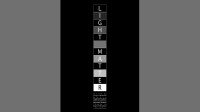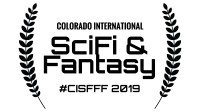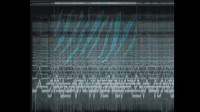A 2018, Short, DCP, 2K, 1:1,85, Stereo
Length: 5 min.
A black-and-white film that lets you see colors.
Initially barely noticeable, the initially
dim flashes of light become continuously brighter and more intense over a period of five minutes. Towards the end they become
a staccato of light and dark stimuli that evoke psychedelic colour impressions in the audience. If you pause the film, however,
it becomes apparent that it consists merely of a rhythmic sequence of white, grey and black frames and does not contain any
colour information itself. But what causes these surprisingly strong illusions?
"Light Matter" takes advantage
of a physiological phenomenon that was described by Gustav Theodor Fechner and Hermann von Helmholtz as early as the middle
of the 19
th century but has not yet been satisfactorily explained by science. Around the turn of the century, the
effect was finally commercialized as an optical toy and has since been named after its inventor, the English toymaker Charles
Benham. The point is that the rapid change from light to dark triggers color perception in the brain without the detour via
the receptors of color vision in the eye. However, the colour perceptions produced in this way are extremely subjective and
depend on many factors - e.g. smokers see no or other colours as non-smokers.
Virgil Widrich's film, however, does
not stop at exploring and re-enacting a physiological experimental arrangement, but rather questions in an unexpected and
clear way what cinema is. In "Light Matter" its conception is shaken by the fact that the material basis of the visual illusion
is missing, but that it arises completely in the minds of the audience. Since everyone perceives the film differently, the
self-evident nature of collective viewing may not arise either. Siegfried Friedrich's psychoacoustic music, which combines
accelerating pulsations with spectral textures, further strengthens the highly individual perception.
Martin
ReinhartAttention! This film contains flashing lights which may not be suitable for light-sensitive epilepsy.
Winner of 13 international film awards!
Link to the
trailer.
 Stills from "Light Matter", 2018
Stills from "Light Matter", 2018  Still from "Light Matter", 2018: 100% black
Still from "Light Matter", 2018: 100% black  Still from "Light Matter", 2018: 70% black
Still from "Light Matter", 2018: 70% black  Still from "Light Matter", 2018: 100% black
Still from "Light Matter", 2018: 100% black  Still from "Light Matter", 2018: 40% black
Still from "Light Matter", 2018: 40% black  Still from "Light Matter", 2018: 100% black
Still from "Light Matter", 2018: 100% black  Still from "Light Matter", 2018: 12% black
Still from "Light Matter", 2018: 12% black  Still from "Light Matter", 2018: 100% black
Still from "Light Matter", 2018: 100% black 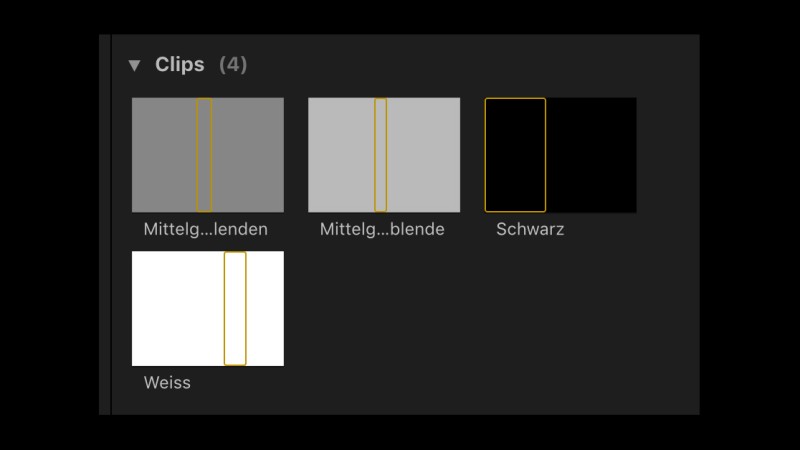 Test for "Light Matter", April 2018
Test for "Light Matter", April 2018 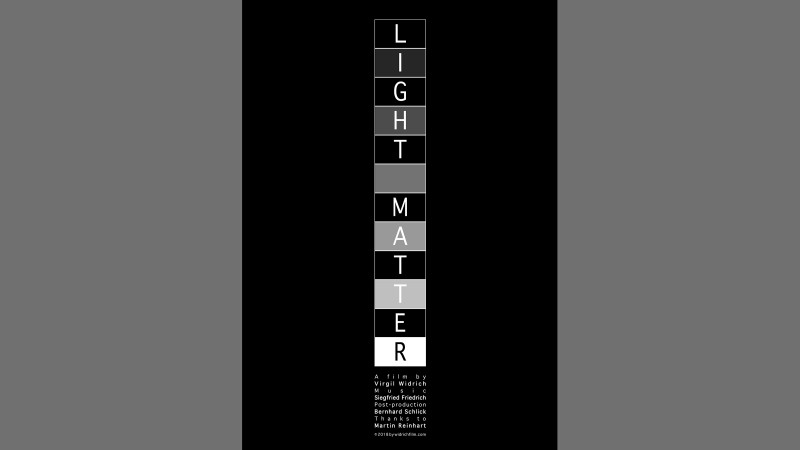 Poster "Light Matter", 2018
Poster "Light Matter", 2018 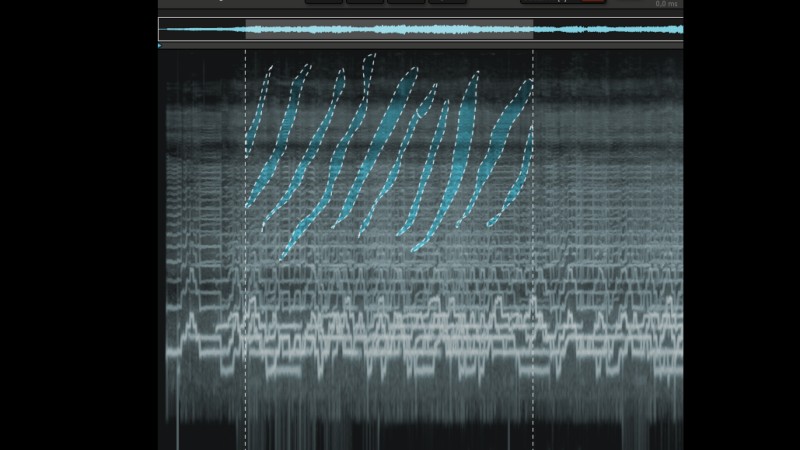 "Light Matter": screenshot by Siegfried Friedrich (music), 2018
"Light Matter": screenshot by Siegfried Friedrich (music), 2018 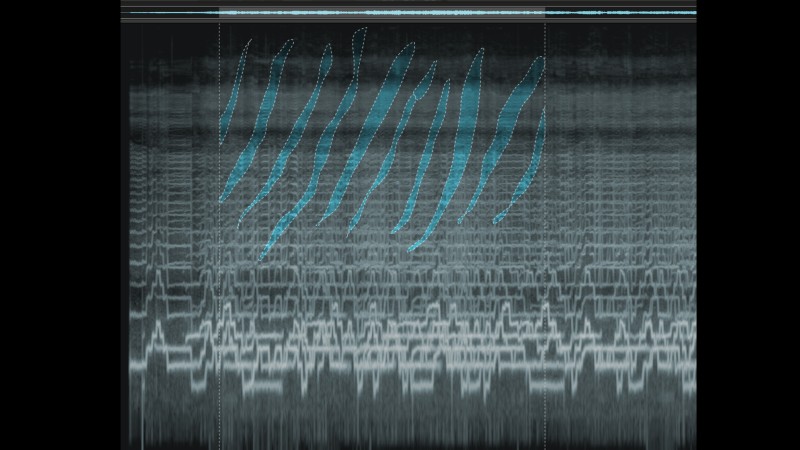 "Light Matter": screenshot by Siegfried Friedrich (music), 2018
"Light Matter": screenshot by Siegfried Friedrich (music), 2018 



